The Five Sacred Mountains Of China
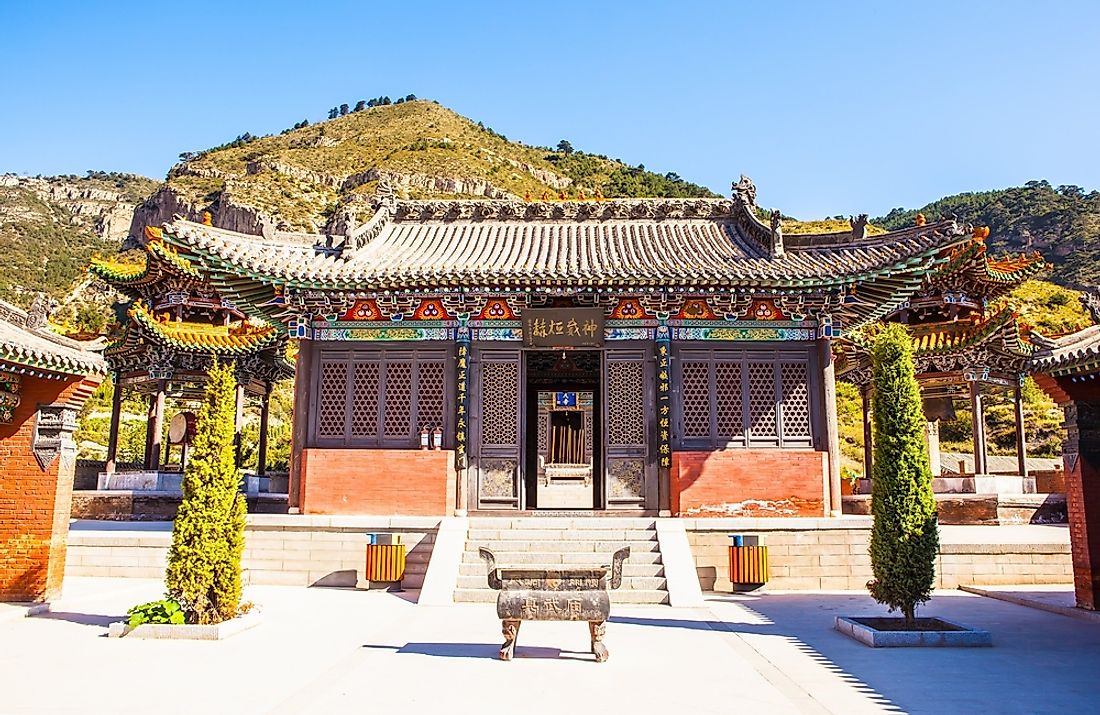
The Five Great Mountains of China are important in traditional Chinese religion because each mountain represents the natural order of the Earth. These mountains are situated in each of the primordial directions (north, south, east, west, and center), according to Chinese geomancy. Additionally, emperors throughout centuries have used these sites as places of worship and sacrifice. This article takes a closer look at each of these sacred mountains.
5. Tài Shān
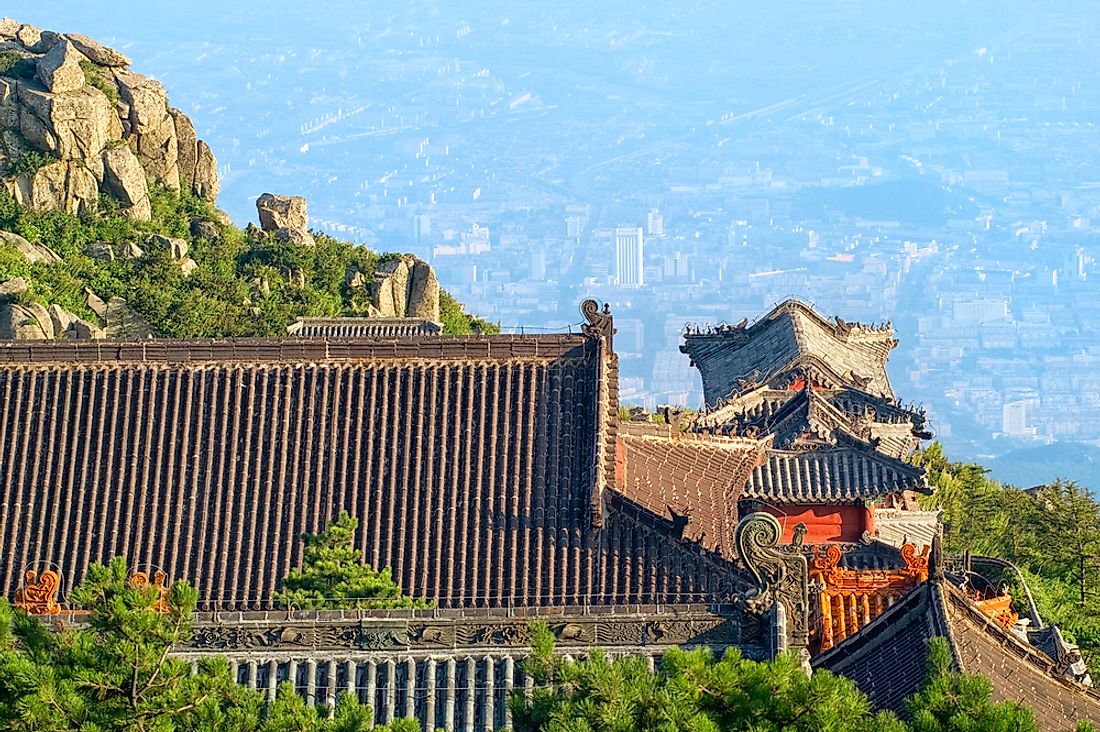
The Tai Shan mountain, which translates to Tranquil Mountain, holds the east position. This is the direction in which the sun rises, representing birth and renewal. It is located in the Shandong province, just north of the city of Tai’an. The tallest peak on this mountain is the Jade Emperor, which stands at between 5,029 and 5,069 feet in elevation.
The Tai Shan mountain has been a religious site before 1000 BC, during the Zhou Dynasty. At the foot of this mountain stands the Dai Temple, or the Temple of the God of Mount Tai. It was built between 221 and 206 BC at the direction of the rulers of the Qin Dynasty. This mountain is also home to the Shrine of the Blue Dawn goddess.
4. Huà Shān
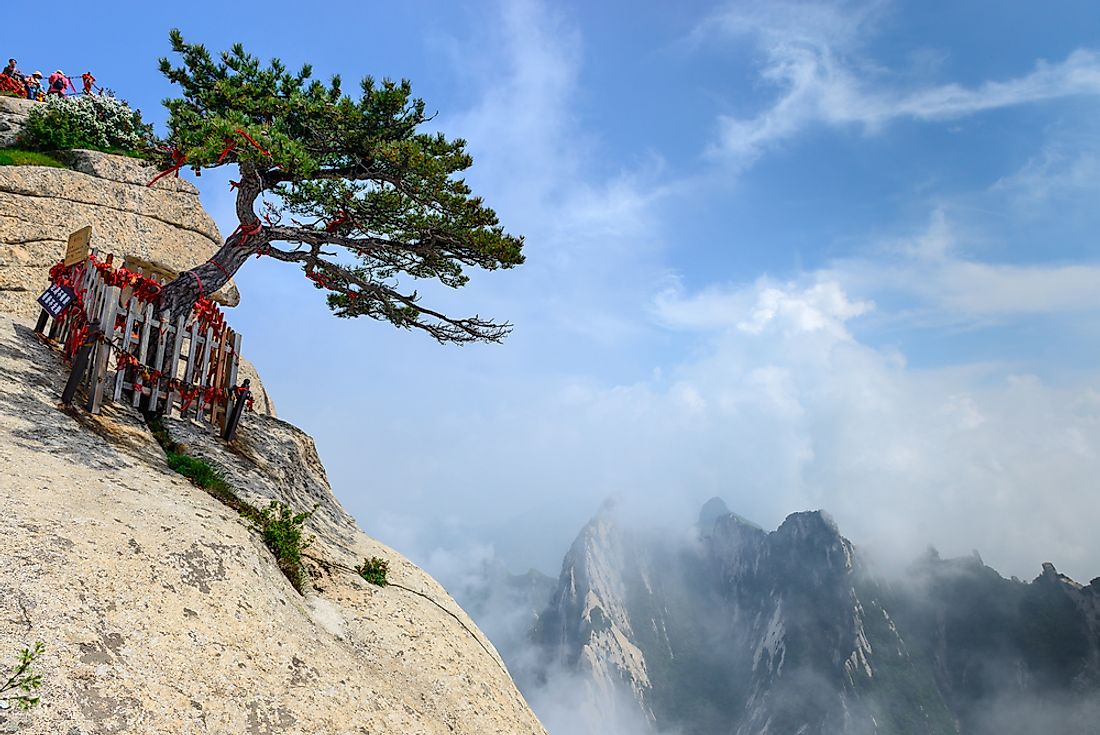
The Hua Shan mountain, which translates to Splendid Mountain, holds the west position. This is the direction in which the sun sets, representing death and the underworld. It is located in the Shaanxi province, close to the city of Huayin. The tallest peak on this mountain is South Peak, which stands at 7,070 feet above sea level.
A Daoist temple has been located at this mountain since at least the 2nd century BC. Hua Shan has not received as many pilgrims as the other sacred mountains due to the difficulty of reaching its summits. Many people believe that this mountain is home to the God of the Underworld. The Hua Shan mountain is also the site of a Taoist temple (now a tea house) and the Cloister of the Jade Spring.
3. Héng Shān (Hunan)
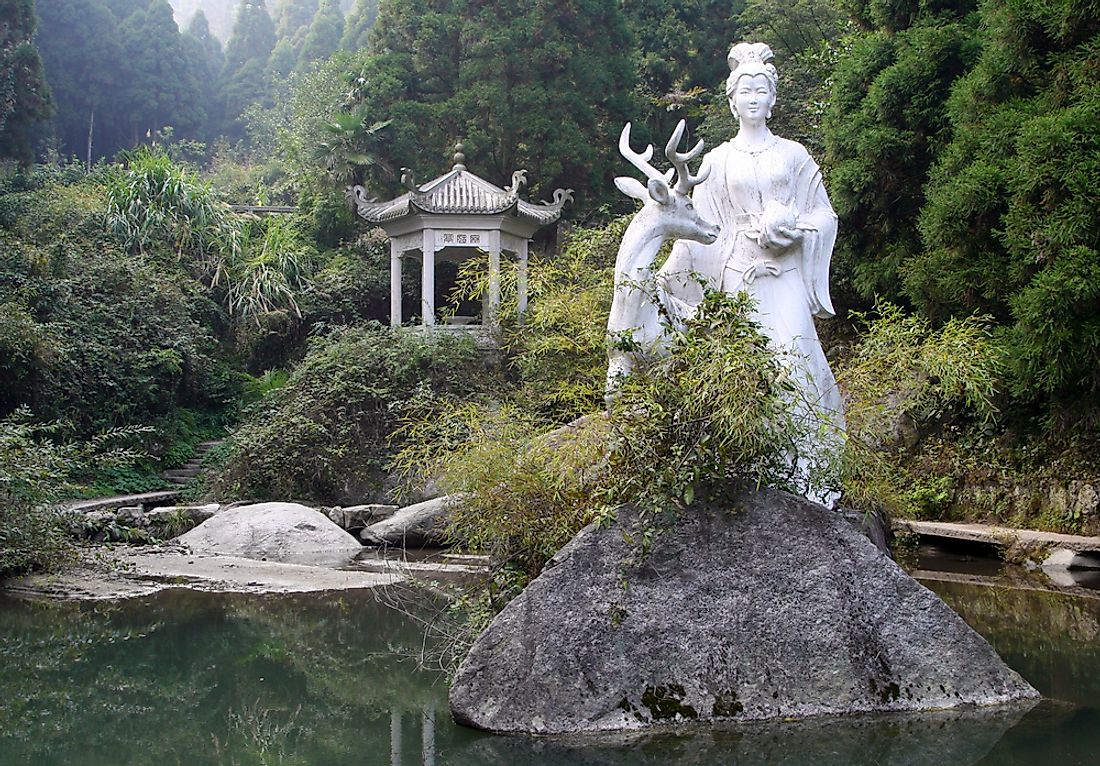
Heng Shan, which translates to Balancing Mountain, holds the south position. This mountain range is located in the Hunan province, where it stretches for 93 miles. It consists of 72 peaks, the tallest of which is Zhurong Peak, which stands at 4,300 feet in elevation.
Heng Shan is home to the Grand Temple of Mount Heng, the largest ancient building in the area. This temple is important to followers of 3 religions: Buddhism, Confucianism, and Taoism. The Heng Shan mountain range is also the site of the Zhu Rong Gong temple and the Zhusheng Si temple.
2. Héng Shān (Shanxi)
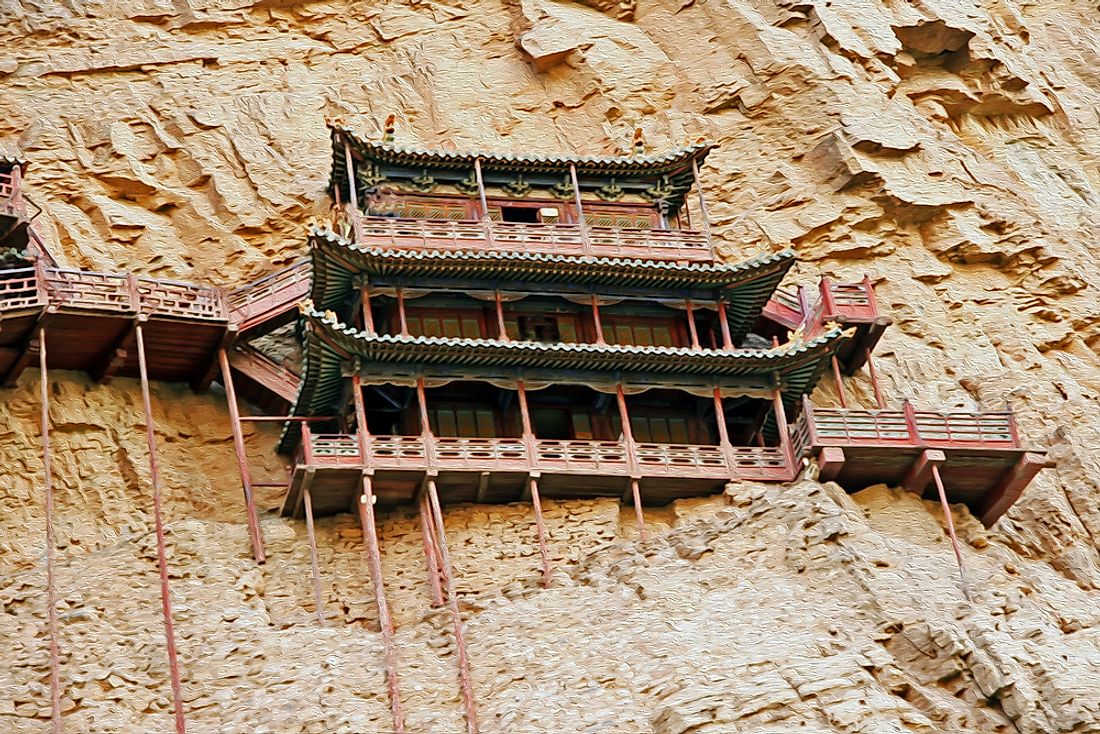
The Heng Shan mountain, which in traditional Chinese translates to Permanent Mountain, holds the north position. It is located in the Shanxi province, where its tallest peak stands at 6,617 feet above sea level.
Of all the sacred mountains, the Shanxi Heng Shan is the least visited due to its size and northern location. Throughout history, this area has often been under the control of other countries, which prevented many pilgrims and emperors from visiting. It is home to the Hanging Temple and the Shrine of the Northern Peak.
1. Sōng Shān

The Song Shan mountain, which translates to Lofty Mountain, holds the central position. It is located in the Henan province on the south side of the Yellow River. It consists of 36 peaks, the tallest of which stands at 4,961 feet in elevation.
This mountain is home to several important Buddhist and Taoist sites. The Shaolin Temple, considered the birthplace of Zen Buddhism, is located here. Additionally, Song Shan is the site of the following religious sites: Songyue Pagoda, Fawang Temple, and Zhongyue Temple.







